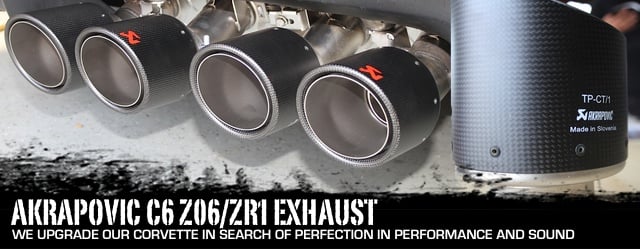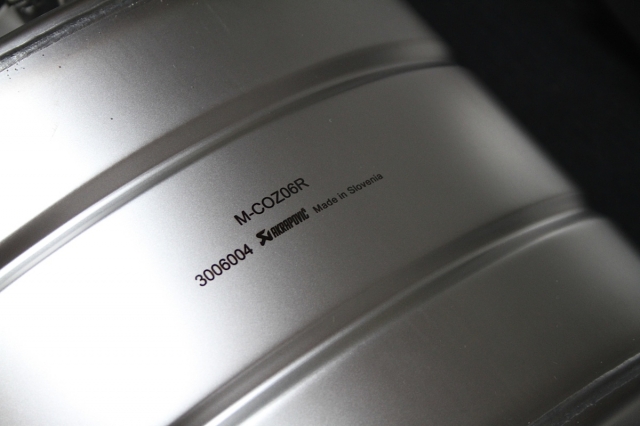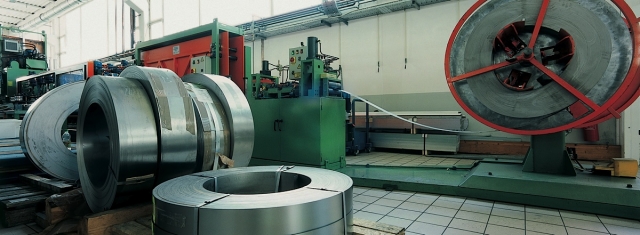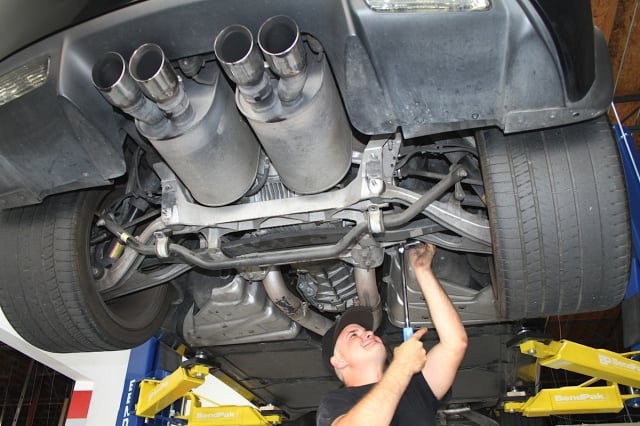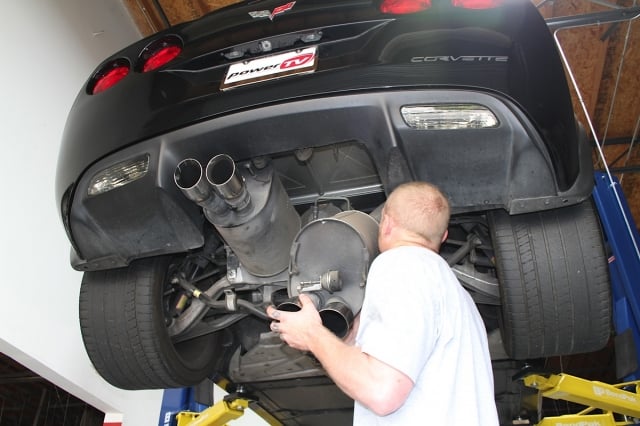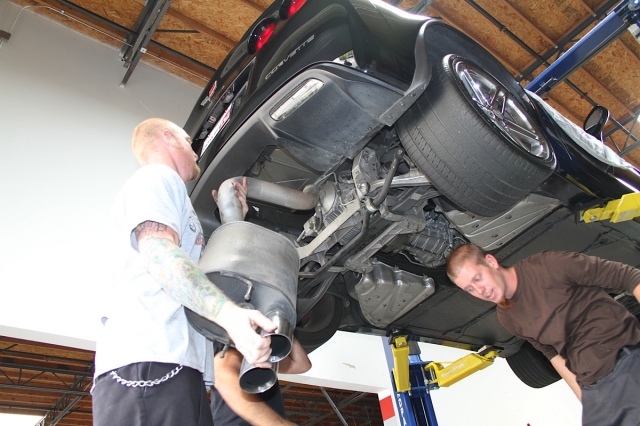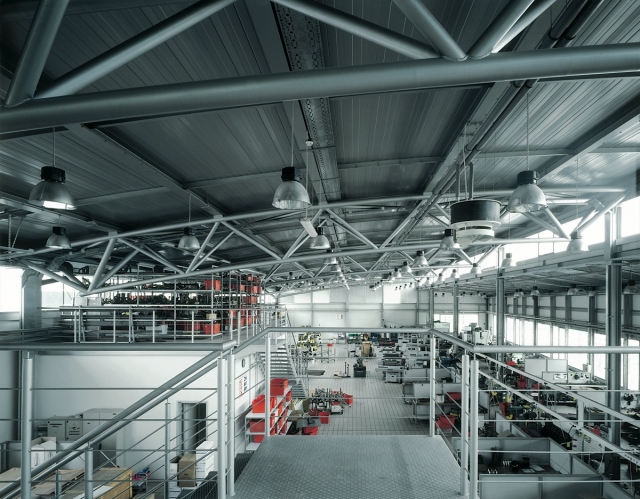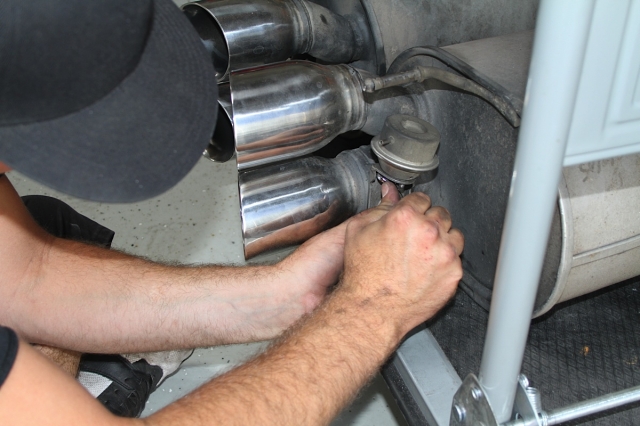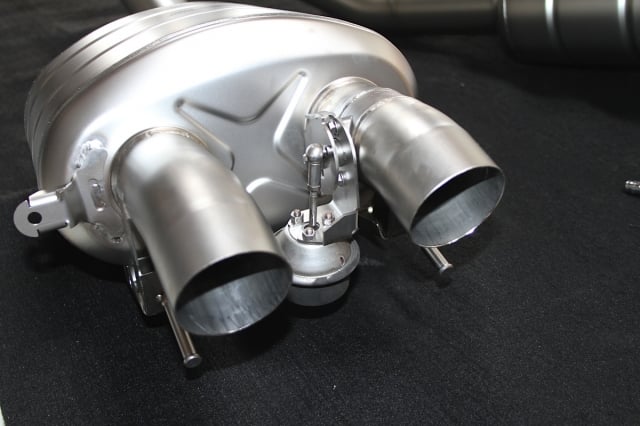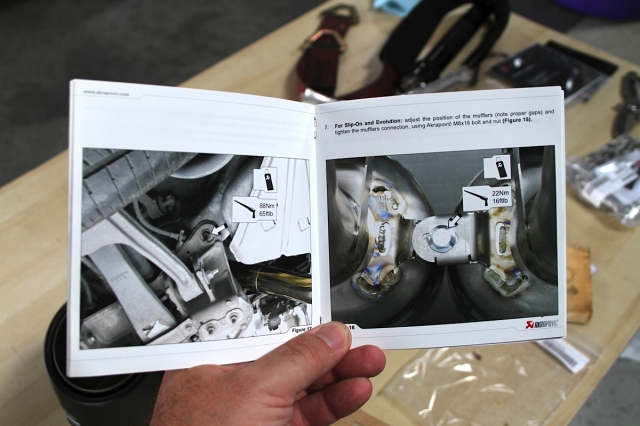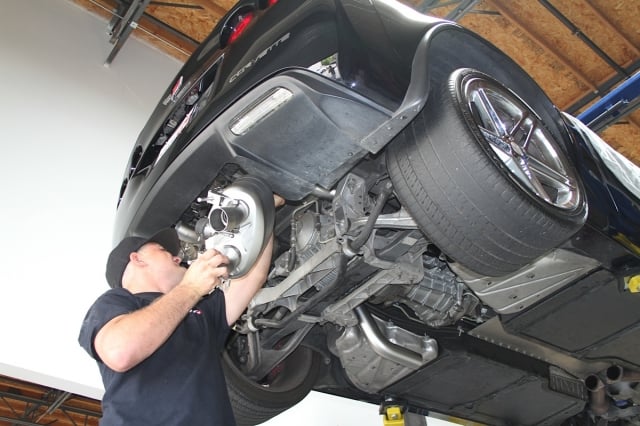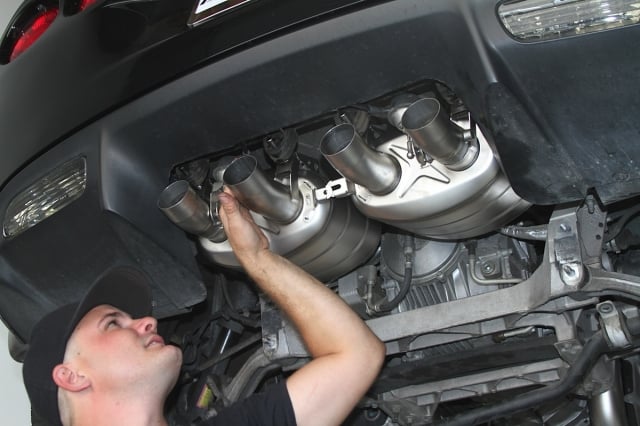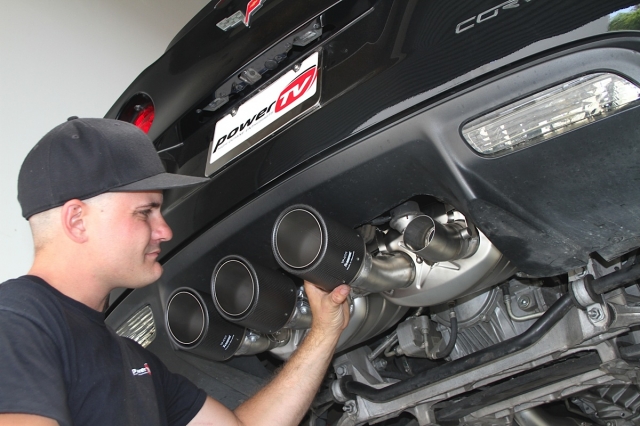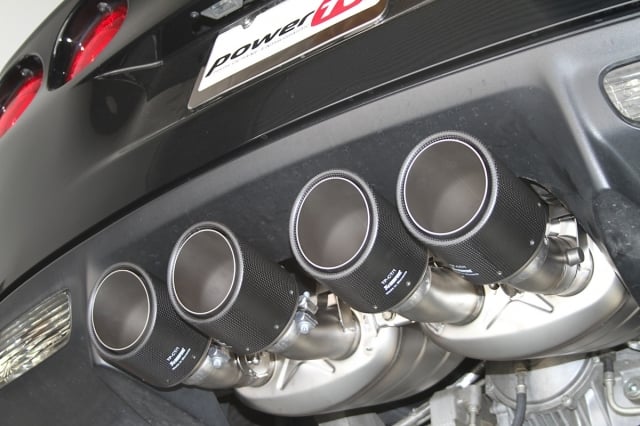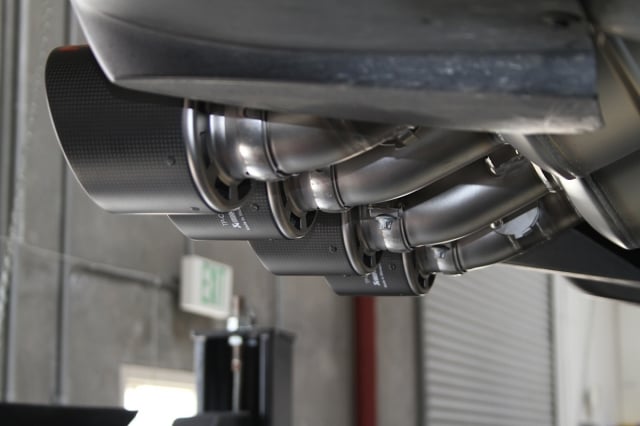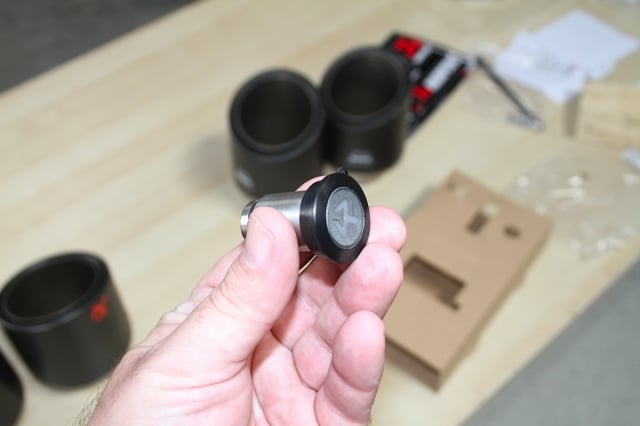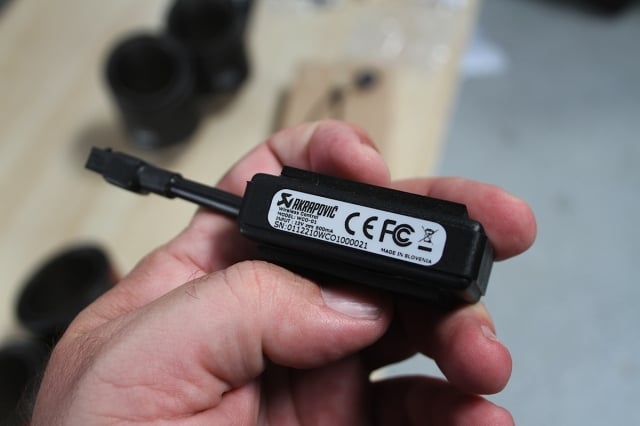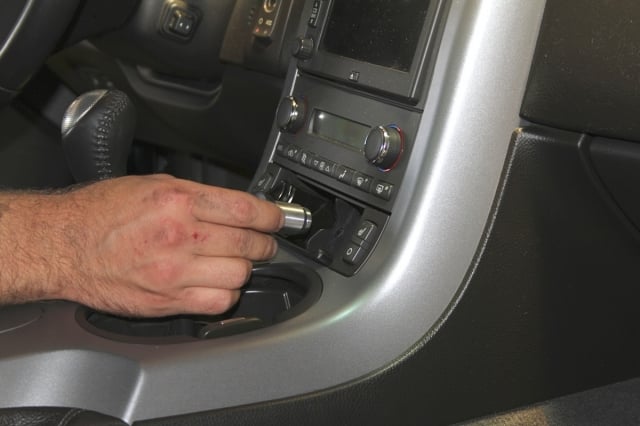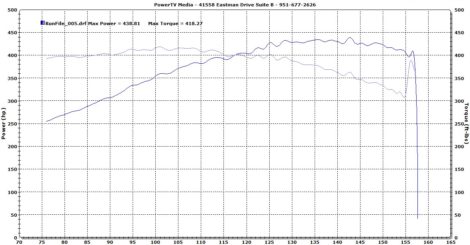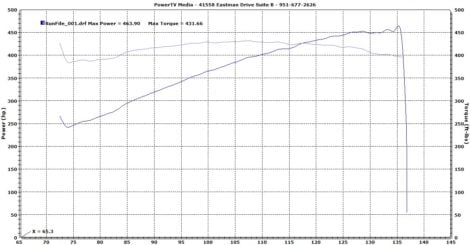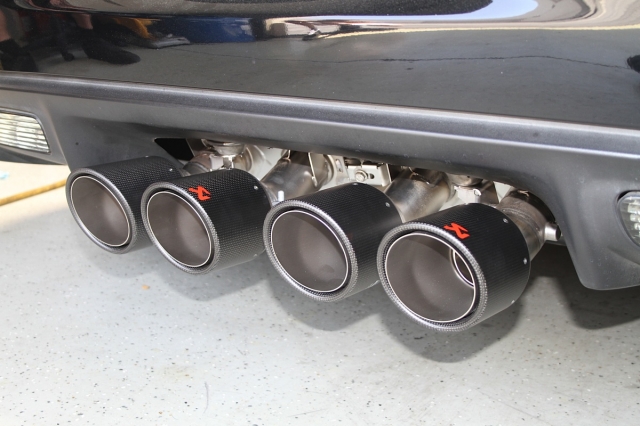“The best” is often a subjective term. While there are some things where that superlative isn’t open to debate because they can be measured and quantified, then compared to an agreed-upon standard, most of the time saying one thing or another is “the best” is just inviting an argument. Is Firefly [2] the best science fiction TV show in history? Clearly, but you can find people who like Battlestar Galactica [3] better, and they’ll get mad enough to throw (weak, ineffectual) punches if you push the issue. Is capitalism the undefeated heavyweight economics champ? The fact that you can buy an enormous flat screen TV for the equivalent of less than a week’s labor would suggest so, but that doesn’t keep Occupiers from setting up camp downtown, then tweeting about it on their iPhone 5’s.
So perhaps, in the context of physical items like car parts, the real question should be, “is this particular company making the best part they possibly can?” Did they put in the time to design it right, select the optimum materials, and demand excellence in their own manufacturing? These are the questions that drive Akrapovič [6] (pronounced “Ack-rap’-o-vich”), manufacturer of what can only be described as “high end” exhaust components.
We recently had the opportunity to install and test their slip-on stainless steel exhaust system for the C6 Corvette (part number M-CO/SS/1), as well as learn about how they stand out from the competition in the crowded Corvette aftermarket.
Price versus Value
Of course, anyone who has heard of Akrapovič is already aware of the elephant in the room – their systems are definitely at the top of the range when it comes to price. Michael Belcher, the Automotive Division Manager for Akrapovič America, tackles that issue head-on.
The hardest thing in the beginning was to get people to understand the cost difference – Michael Belcher, Akrapovič
“The hardest thing in the beginning was to get people to understand the cost difference,” he admits. “As you know, there are a lot of fairly inexpensive exhaust systems available for these cars. I used to read on forums, “who do these people think they are, asking this much for an exhaust system?” It was difficult to read this stuff, and a little disheartening in the beginning. Then, we had a few high-end customers who were willing to take a chance, and once they received them, it exceeded their expectations – ‘you have never seen anything like this.'”
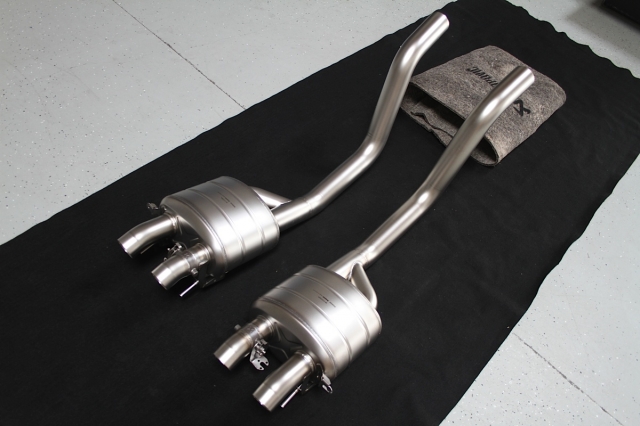 [7]
[7]The “Akrapovič Experience” begins when you open up the box and unpack the components – even the packaging materials are far higher quality than you’d normally see.
You’ll hear a lot about the “Corvette tax” when it comes to markup on parts for these cars; the idea being that because somebody has dropped a good amount of money on a sports car to begin with, they’re not likely to go into sticker shock when confronted with the cost of an expensive set of aftermarket wheels, a pair of mufflers, or even embroidered floor mats. But when you look closer into what you’re getting with an Akrapovič system, it becomes clear that the price tag isn’t about soaking the rich. Making an exhaust with the best materials, technology, and manufacturing they can isn’t an inexpensive proposition, and once you see what’s involved, you begin to appreciate the value.
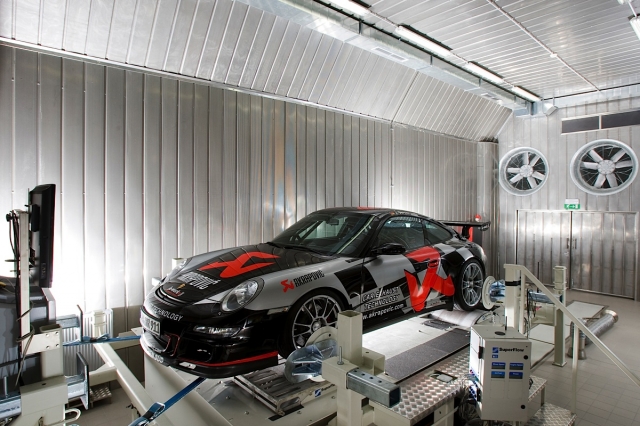 [8]
[8]Akrapovič started off building car exhausts with an OEM system for the Porsche GT2, which says a lot about their quality and reputation.
From Track to Street, Two Wheels to Four
Akrapovič traces its roots to two-wheel racing, crafting exhaust components for one of the most demanding forms of motorsports imaginable. Per Belcher, “We started building titanium motorcycle racing exhausts over 20 years ago, and it’s progressed into the high-end car market.” While they continue to manufacture both bespoke systems for the highest levels of motorcycle racing (Moto GP and World Superbike) as well as street-based sportbike applications, their focus has broadened to include a wide variety of some of the world’s most lusted-after cars as well. “The first titanium car exhaust system we made was for Porsche, for their GT2 and GT2RS street car [9],” Belcher explains. “So, the OEM muffler on those cars is an Akrapovič titanium system. That system had to meet the stringent Porsche OEM durability standard. We’ve built everything since that time to meet or exceed that same quality level.”
A Material Difference
That quality level begins with the raw materials used, and you might think that since Akrapovič is based in Ivančna Gorica, Slovenia [10], they’d make use of eastern European sources. Not so – it turns out that the titanium comes from the New World. “The titanium actually all comes from the USA,” Belcher explains. “Many people think it comes out of Russia or China, but we source it from a manufacturer in the States that makes a special alloy just for us. It’s a lot more durable than the titanium other manufacturers use. The downside is that it’s very, very difficult to form, which is why most people don’t want to use it. The upside is that it has a lot better crack resistance, and a much higher temperature threshold. The temperature threshold is about 200 degrees centigrade sustained higher for the alloy we use, versus the commercially available alloys.”
To further control quality, Akrapovič performs many steps in-house that other manufacturers outsource. Per Belcher, “Even the tubing, when we get the material from the US, comes as a flat sheet. We don’t buy tubing – we have a tube mill and we roll all of our own tubing, so that way we have the flexibility if we need a different diameter.” That flexibility leads to the ability to engineer components to their intended application, rather than making do with what’s already available. “We don’t have to say, “use what we have in stock” – we can roll whatever diameter that is required. That gives us a lot more freedom in the R&D process as we can make whatever diameters we need instead of using premade ‘standard size’ tube,” Belcher adds.
Our installation began with removal of the Z06's stock exhaust system.
No Shortcuts
If you start to get the impression that Akrapovič is a company led by engineers, rather than accountants, you’re on the right track. Each design starts with a clean sheet of paper and is engineered for a particular application. “We don’t have a “generic muffler” that we weld to the tubes to fit a particular application,” says Belcher. “Except for a couple of Porsche systems that use a similar core, all the other systems we make have mufflers built for that particular application. It’s not a design requirement for our R&D department to use a pre-existing shape to cut corners or save money. Build it the way it needs to be built, and don’t worry about what we’ve already done. It makes things take longer, but the result is a better product”
The Akrapovič system retains the factory NPP system, so we moved the actuators from the OEM mufflers to the new pieces.
In-House Casting
Another area where Akrapovič stands apart is their ability to create cast titanium components as well. Belcher explains, “We have a foundry inside the factory where we mix the material and cast it all in-house. That’s something no one else in our industry does, that I am aware of, because casting titanium is extremely difficult. The casting process has to be done in a vacuum. For aluminum, you can just pour it in a mold in open air. You can’t do that with titanium, so the material has to be melted inside the furnace and poured in a vacuum, during which the mold is spun at an incredibly high speed to remove any trapped gasses so that you don’t have any porosity issues.”
“From the time you start with a lost-wax mold and dip it in all the layers of ceramic, melt the wax out, put it in the furnace, and pour the titanium, it’s about a week start to finish to make any of those little cast parts,” Belcher adds. “It’s an extensive process, but in the end we get what we’re really looking for. People ask why our systems are so expensive, and it’s details like that that really make the difference. Going to the trouble of making all those castings as light and as strong as they can be, and of the right design. We can use them as-cast – we make a header for Porsche, and the entire flange which includes the “spigots” is cast as one piece, and it doesn’t have to be machined. It comes out with the right dimensions to start with.”
Thanks to precise laser-based measurement of the prototype vehicle and careful engineering, everything fits perfectly...
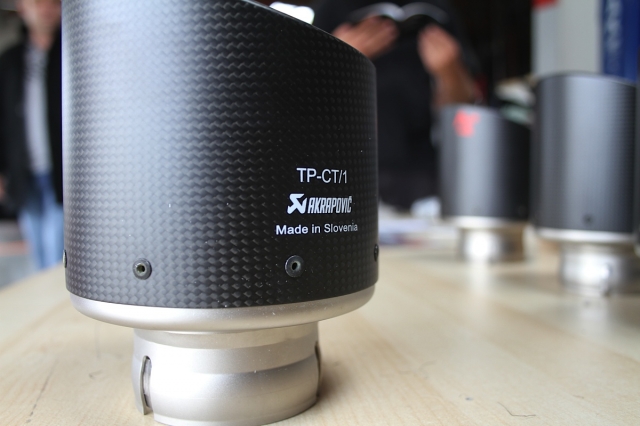 [21]
[21]The crown jewels of our system are the titanium and carbon fiber exhaust tips. Per Michael Belcher, “We have our own carbon fiber shop; it’s all pre-preg, autoclaved and vacuum bagged, so the tips that go on the system are all done in house using aerospace-grade carbon fiber. People ask why they’re so much more expensive than, say Chinese pieces that almost look the same. It’s durability. Leave those out in the sun for 6 months, and the UV will start to break the epoxy down. They’re not that heat-resistant like ours are. We’ve been working with carbon in house for quite a while.”
Per Belcher, 'If you notice where the clamp goes on the muffler, there is something that looks like a shim in there - that's actually a spherical mount. Most tips, you can only adjust by clocking them left or right, but with that spherical piece in ours, you can actually aim them left, right, up, and down to get them perfect and at the right angle. So even if the mounts on the car itself are off, you can adjust them all to get them dead even. It's one of the small things that take a lot of time to do, but make the difference between something that looks a little off, and something that looks exactly right.'
Putting it All Together
With the design complete, tubing rolled, and fittings cast, everything comes together in Akrapovič’s state of the art facility. “It’s one of the most advanced factories you’ll ever see, and it is spotless,” Belcher claims. “It’s not like you would picture an exhaust manufacturer.” Once again, though, there’s a potential pitfall – titanium is infamous for how fiendishly difficult it can be to work with, and inexperienced manufacturers often fall into that trap.
Belcher explains, “Some people are under the impression that titanium is crack prone, and really where that’s come from are products that are improperly designed for the material. The bracing and all the brackets need to be designed for the titanium. Copying a product made in steel or stainless into titanium just doesn’t work.”
The optional Akrapovič wireless remote control module lets you manually control the operation of the 'Mild to Wild' valves from a remote that plugs into your console's 12V port.
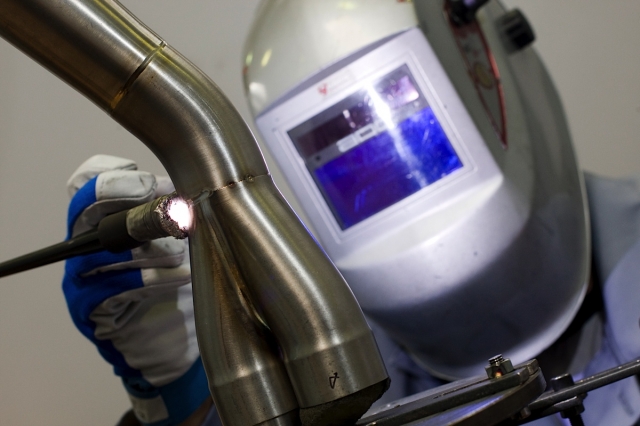 [28]
[28]Titanium fabrication requires skill, the right technique, and proper equipment to ensure durability.
Even a proper design can be ruined by bad manufacturing methods, though. Per Belcher, “It has to be TIG welded, but it has to be done in a very specific way, which includes using shielding gas on the outside AND on the inside. Many times other people will weld without having the interior flushed out with argon [29], and that creates a problem. It can also crack in other areas, depending on how it’s braced, if it doesn’t spread the load out across the system the way it should. Any time there’s a bracket that attaches to our system, you’ll see that there will be two or three layers of material – there will be a bracket, and a stress plate under it, and sometimes another under that, to spread the load over a larger area, and that’s one of the things you do to keep the material from stress cracking.”
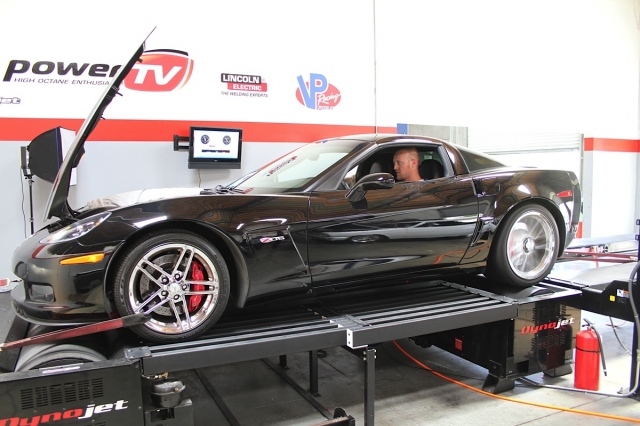 [30]
[30]With the system installed, it was time to go back on the dyno and compare our results with the “before” pulls using the stock exhaust on our C6 Z06.
We went from 438.81 horsepower and 418.27 pound feet of torque stock to 463.90 horsepower and 431.66 pound-feet with the Akrapovič system - a gain of 25 horsepower and 13 pound-feet. (Click to enlarge)
The Bottom Line – Getting What You Paid For
As you can see from our experience installing and testing Akrapovič’s stainless steel Corvette exhaust, the quality, fit, and performance are second to none. Is it expensive, compared to many of the more popular systems available for the same application? Perhaps, but every penny spent shows. Belcher says it best – “We’ve kind of reset expectations as to what quality can be, and we look at it like if you look at ‘works’ parts – racing components the factory guys have, and there are always such nice pieces with really high craftsmanship. ‘If I could only get my hands on those off that race car and put it on my street car…’ But they only made one, and it took them a week to make it. That’s what we have brought to mass production; a ‘works’ racing part that you can buy off the shelf.”
